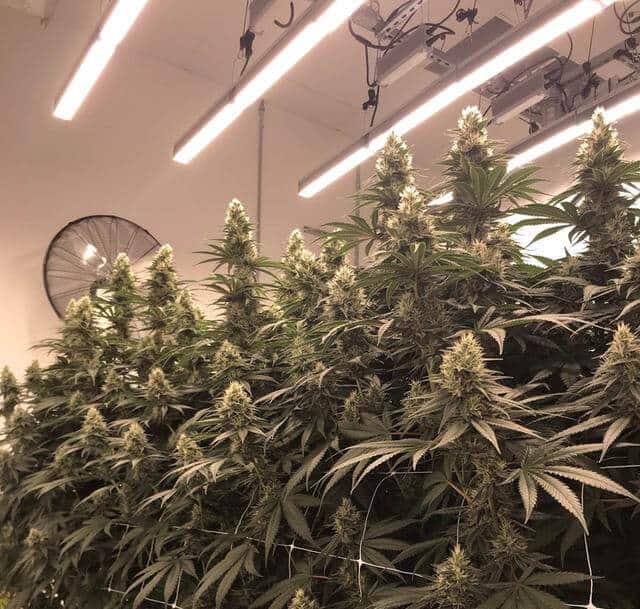
When it comes to plant lights, I believe everyone is familiar with them. As far as the plant lamp itself is concerned, its most direct function is to allow plants to receive enough light, so that they can fully perform photosynthesis, which not only increases plant production, but also allows plants to grow better. This is why more and more people choose plant lights. In the process of using the plant lamp, it is also necessary to master certain methods of use, and only in this way can it fully exert its efficacy.
There are many aspects that need to be paid attention to in the process of using the plant light. The first one is to pay attention to the distance between the plant light and the plant. The plant lamp will have enough light and heat in the process of irradiation, and if this light and heat is too close, it will cause damage to the plant and burn the leaves of the plant. Because of this, it is necessary to control the distance between the lamps and the plants, generally at a suitable distance. The exposure time should also be controlled. In the morning and evening, the light itself is relatively weak, so there is no need to supplement the light source at this time.
And when the weather is good, there is no need to supplement the light source for a long time, and it can be supplemented for about 2 or 3 hours a day. If it is rainy weather, it is best to irradiate all day. When supplementing light for plants, we must seize its golden period. There are more than ten hours a day in the golden period of plant irradiation, and the irradiation effect is better during this time period.
There are many things that need to be paid attention to in the process of using plant lamps. In addition to the length of irradiation, the distance of irradiation, etc., it is also necessary to pay attention to the wavelength of the lamps. The wavelengths of lamps selected by different plants are different, so when choosing, you have to make a corresponding choice based on the actual needs of the plants you grow.
